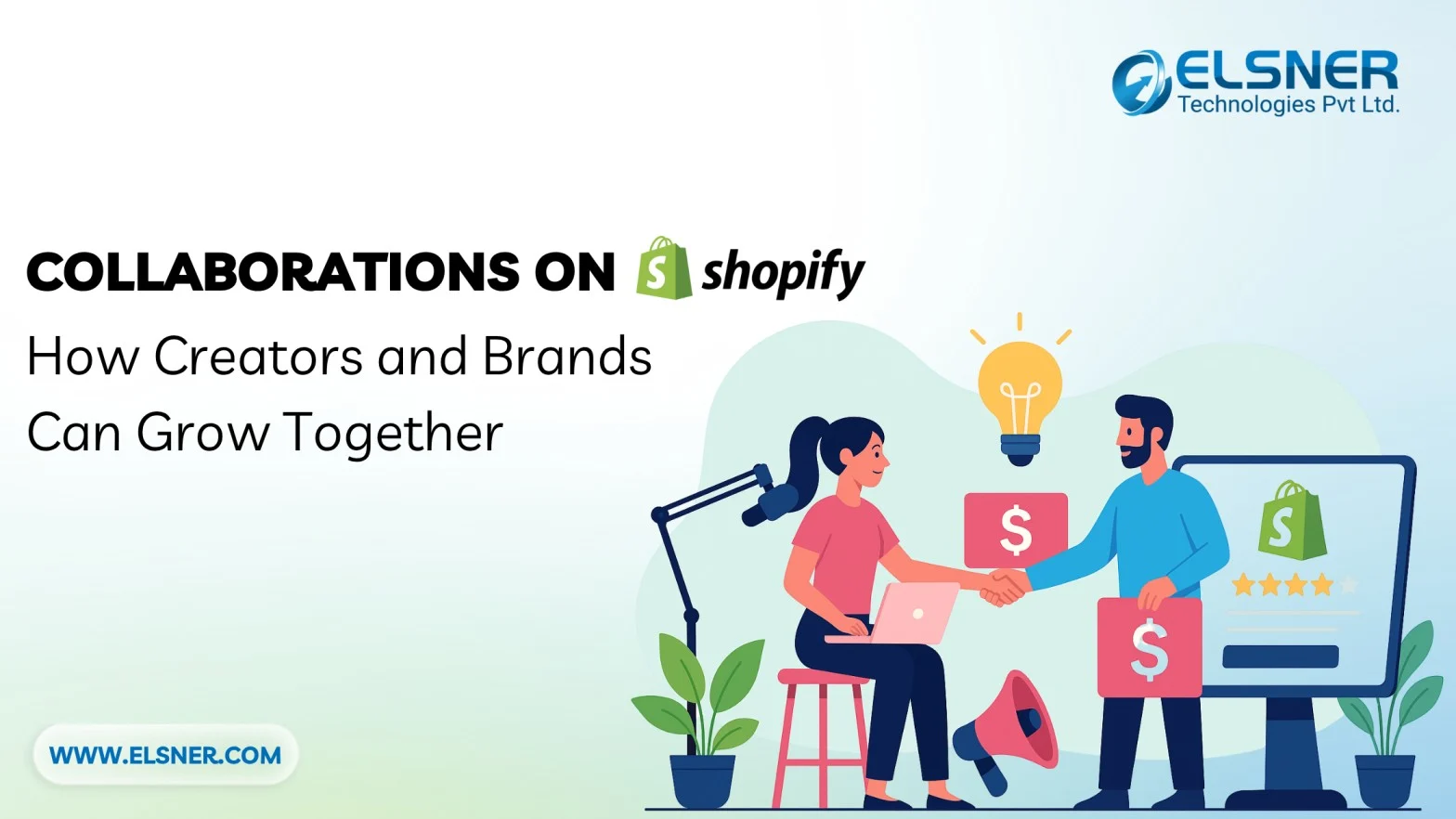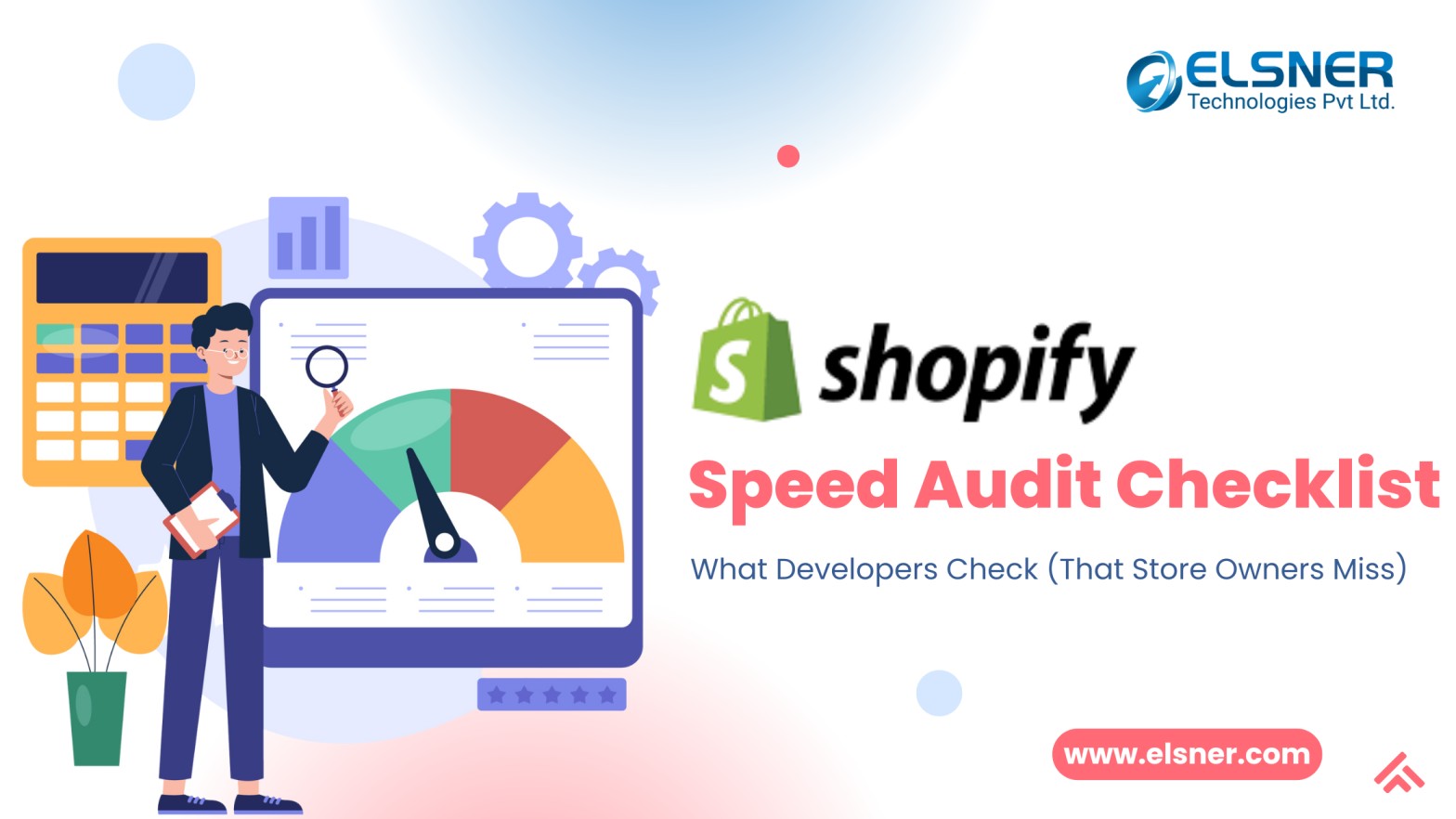- Introduction of Shopify Hydrogen
- Key Features of Shopify Hydrogen
- 1. Built on React
- 2. Headless Commerce
- 3. Pre-built Components
- 4. Optimized for Performance
- 5. Seamless Integration with Shopify
- Benefits of Shopify Hydrogen for Ecommerce Development
- 1. Complete Customization
- 2. Faster Loading Times
- 3. More Flexibility
- 4. Improved SEO
- 5. Scalability
- When Should You Use Shopify Hydrogen?
- Getting Started with Shopify Hydrogen
- Step 1: Install Shopify CLI
- Step 2: Connect to Your Shopify Store
- Step 3: Start Building
- Step 4: Deploy Your Storefront
- Conclusion
One of the most exciting tools in the Ecommerce space is Shopify Hydrogen. It provides developers with the flexibility to build custom storefronts, offering a dynamic alternative to Shopify’s traditional themes. Whether you’re a developer or a store owner, understanding Shopify Hydrogen can open new opportunities to scale your online business.
In this blog, we’ll see what Shopify Hydrogen is, why it’s important, its key benefits, and how it is shaping the future of Ecommerce development.
Introduction of Shopify Hydrogen
Shopify Hydrogen is a cutting-edge framework launched in 2021 that allows developers to create fully custom storefronts for Shopify stores. It is built in React, one of the most widely used frameworks for building websites and applications. What sets Hydrogen apart is its integration with Shopify’s “headless commerce” approach. In headless commerce, the front end (what customers interact with) is separated from the back end (where the store’s operations like product management and order processing happen). This mechanism enables developers to create unique and highly personalized shopping experiences while using Shopify’s robust back-end systems.
The global hydrogen market, while broader than just e-commerce applications, is projected to grow significantly, with estimates indicating a rise from 92 million metric tons in 2022 to 130 million metric tons by 2032. This growth is driven by increasing applications across various sectors including e-commerce. (Source)
In traditional Shopify stores, businesses often rely on preset themes and templates, which limit customization. Hydrogen changes the game by giving developers the tools to design entirely custom storefronts using modern web technologies like React, JavaScript, and GraphQL. It’s a significant shift in Ecommerce website development, providing more creative freedom and technical flexibility.
“People like consistency. Whether it’s a store or a restaurant, they want to come in and see what you are famous for.” ―Mickey Drexler.
Key Features of Shopify Hydrogen
Hydrogen comes packed with features that empower developers to build high-performing, scalable, and customizable Ecommerce websites. Let’s explore its core features:
1. Built on React
Hydrogen is built on React, a front-end JavaScript library that’s popular for building user interfaces. React’s component-based architecture makes it easy to develop reusable UI elements. Developers familiar with React can hit the ground running with Hydrogen, using their existing skills to craft dynamic, high-performance storefronts.
2. Headless Commerce
Hydrogen operates on a headless commerce architecture. This means the front end is decoupled from the back end. Developers are free to create their own front-end experiences, whether it’s integrating custom design elements or offering unique interactions, while still relying on Shopify’s back-end for managing inventory, processing payments, and handling orders. This separation enables more innovative designs and better flexibility to experiment with new technologies.
3. Pre-built Components
Hydrogen comes with a library of pre-built components specifically designed for Ecommerce functionality, making it an excellent addition to Shopify development services. These components, such as product grids, shopping carts, and checkout processes, are fully customizable and optimized for performance. By leveraging these pre-built blocks, developers can streamline the Shopify development process without sacrificing quality or flexibility, ensuring a smooth and efficient build.
4. Optimized for Performance
Hydrogen’s focus on performance is one of its standout features. It leverages modern technologies like server-side rendering (SSR) and React Server Components to enhance site speed. Server-side rendering generates HTML on the server before sending it to the browser, resulting in faster page loads, especially for users on slower networks. Additionally, React Server Components allow parts of the UI to be loaded on-demand, further optimizing performance. Hydrogen also supports Edge Rendering, which ensures that pages are served from the server closest to the user, reducing latency and load times.
5. Seamless Integration with Shopify
One of Hydrogen’s biggest advantages is its seamless integration with Shopify’s APIs. This means that developers don’t need to worry about rebuilding the back-end. Shopify’s powerful systems for managing products, processing payments, and handling customer interactions are fully compatible with Hydrogen, allowing developers to focus on crafting a unique front-end experience without rebuilding the core Ecommerce functions.
Benefits of Shopify Hydrogen for Ecommerce Development
Shopify Hydrogen opens a world of possibilities for businesses that want to offer a more customized and optimized shopping experience. Here’s a look at the key benefits:
1. Complete Customization
For businesses that want to stand out with a unique design and user experience, Hydrogen offers complete creative freedom. Traditional Shopify themes are often restrictive, forcing businesses to fit their brand into predefined templates. Hydrogen, on the other hand, allows developers to create custom layouts, pages, and interactions that align perfectly with a business’s vision. This level of customization can set your brand apart in a competitive Ecommerce landscape.
2. Faster Loading Times
Website speed is crucial for user engagement and SEO. Slow websites lead to higher bounce rates, where visitors leave before interacting with the content. Hydrogen is designed to solve this problem by using modern performance optimization techniques like server-side rendering and React Server Components. Faster loading times not only improve user experience but also help boost your rankings in search engine results, as search engines like Google prioritize fast websites.
3. More Flexibility
Because Hydrogen is headless, developers have the flexibility to integrate Shopify with third-party platforms, services, or databases. This means you can bring in features like augmented reality (AR), voice commerce, or advanced data analytics tools to create a richer shopping experience. The headless architecture also makes it easier to update or change parts of the website without affecting the core Ecommerce functions, ensuring that your store stays adaptable as your business grows.
4. Improved SEO
Thanks to Hydrogen’s server-side rendering, search engines can easily crawl and index your website’s pages, which is crucial for effective SEO Services. Fully client-side rendered websites often struggle with SEO performance, but Hydrogen addresses this issue. Its fast load times and clean HTML structure not only enhance user experience but also make it easier for search engines to understand your content, improving your rankings over time. This makes Hydrogen an ideal solution for businesses looking to boost their SEO Services.
5. Scalability
As your business grows, you need a website that can handle increased traffic, larger product catalogs, and more complex user interactions. Hydrogen is built with scalability in mind. Its performance optimizations and flexibility make it suitable for businesses of all sizes, from small stores to large enterprises. With Hydrogen, you won’t be limited by the constraints of traditional Shopify themes, giving you the room to expand and innovate as needed.
When Should You Use Shopify Hydrogen?
Shopify Hydrogen is an ideal solution for businesses that want to go beyond the limitations of traditional themes. But when should you consider using Hydrogen for your store?
Complex User Experiences: If your business requires a highly customized, unique user experience that can’t be achieved with standard Shopify themes, Hydrogen is the way to go. It allows for complete creative freedom, enabling you to design a storefront that reflects your brand’s personality and vision.
High Performance: If your store has a large product catalog or experiences high traffic volumes, Hydrogen’s speed and performance optimizations will ensure that your customers have a smooth shopping experience, no matter where they are.
Advanced Integrations: For businesses that need advanced integrations with third-party services, such as external APIs, databases, or content management systems, Hydrogen offers the flexibility to integrate these services seamlessly.
Getting Started with Shopify Hydrogen
Getting started with Shopify Hydrogen requires some knowledge of React and Shopify’s APIs. However, the process is straightforward, and Shopify provides comprehensive documentation and starter templates to help developers hit the ground running.
Step 1: Install Shopify CLI
To get started with Hydrogen, you’ll need to install Shopify’s Command Line Interface (CLI). This tool will help you generate a Hydrogen app and connect it to your Shopify store. You can install Hydrogen using the following command:

Step 2: Connect to Your Shopify Store
Once you’ve set up the Hydrogen app, the Shopify CLI will guide you through connecting it to your existing Shopify store. This will allow your Hydrogen storefront to pull in products, manage inventory, and access Shopify’s APIs.
Step 3: Start Building
Now that your Hydrogen app is connected to your store, you can begin building your custom storefront. Hydrogen provides pre-built components that you can use as a starting point, but you’re free to customize or create entirely new components to meet your needs.
Step 4: Deploy Your Storefront
Once your storefront is complete, Custom Shopify Developers can deploy it using Oxygen, Shopify’s global hosting infrastructure, or any other platform of your choice. This flexibility allows Custom Shopify Developers to quickly launch your custom storefront, making it live and ready for customers in no time.
Conclusion
Shopify Hydrogen is an innovative and powerful tool that offers businesses the flexibility to create unique, high-performance storefronts. Its integration with React and Shopify’s APIs allows developers to build fully customized experiences that go beyond the limitations of traditional themes. For businesses looking to provide a better user experience, improve site performance, and scale with ease, Hydrogen is a future-proof solution.

About Author
Dipak Patil - Delivery Head & Partner Manager
Dipak is known for his ability to seamlessly manage and deliver top-notch projects. With a strong emphasis on quality and customer satisfaction, he has built a reputation for fostering strong client relationships. His leadership and dedication have been instrumental in guiding teams towards success, ensuring timely and effective delivery of services.




